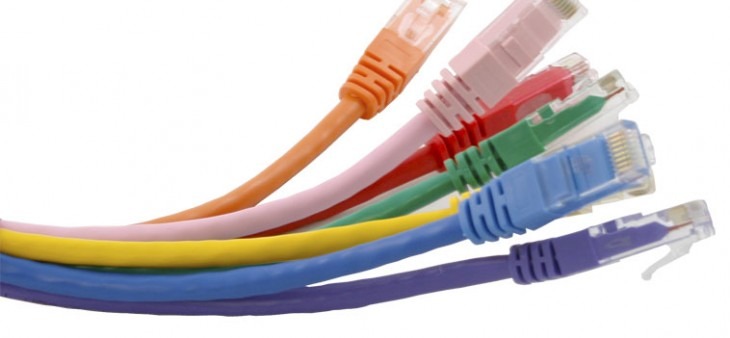
Ethernet
The term Ethernet refers to the family of networking technologies for local area networks (LANs). It is the dominant wired LAN technology. Systems communicating over Ethernet divide a data stream into shorter frames, with each frame containing source and destination addresses. These segments also contain error-checking data for damaged data detection and retransmission. Ethernet standards comprise several wiring variants, and the technology’s data rates have gradually increased. The most common forms of Ethernet technology are 10BASE-T running at 10 Mbit/s, 100BASE-TX with speeds of 100 Mbit/s, and 1000BASE-T which runs at 1 Gbit/s. Each of these forms can utilize twisted pair cables and 8P8C modular connectors.
Ethernet Cable Network Connections
Ethernet interfaces include coaxial, twisted pair, and fibre optic cables. Ethernet cables connect a computer to another computer, a local network, or cable modem. Ethernet twisted pair cables are categorized according to industry standards, such as Cat5e and Cat6. The fibre optic Ethernet cabling can offer superior performance over twisted pair connections. Ethernet cables are available in solid core or stranded options. Solid Ethernet network cables are designed for performance and interference protection, while stranded cables are constructed for flexibility and convenience.
Cat5e Patch Cables for Residential and Commercial Applications
A Cat5e patch cable is commonly used to connect network devices and provide wired Internet access. These patch cables link a computer to a network switch, hub, or router. In comparison, a crossover Ethernet cable is used to connect two computers directly without using additional components. The run-length for an Ethernet cable is 100 metres, but Ethernet networks can be extended for commercial applications through network bridges.
Contact Comms Express with your connection questions.
